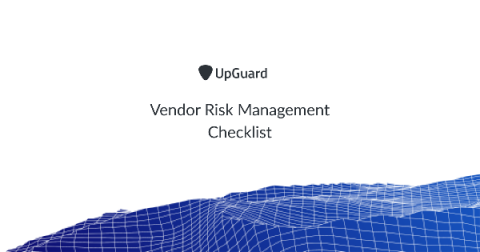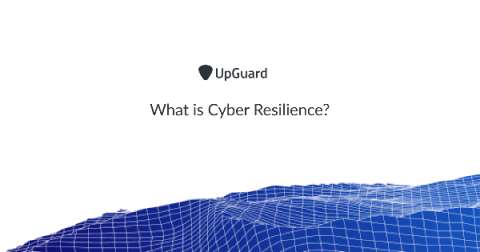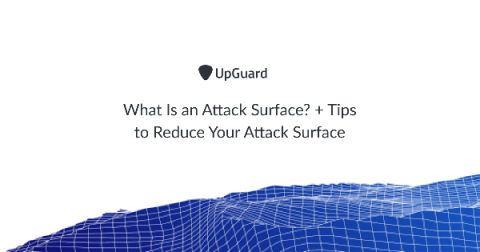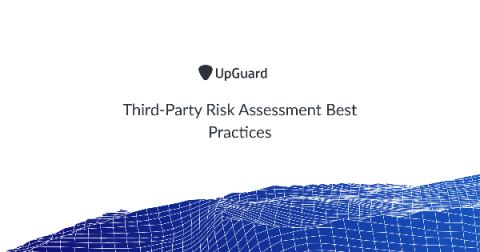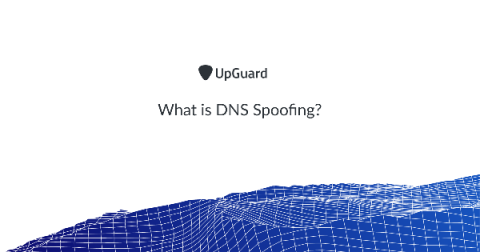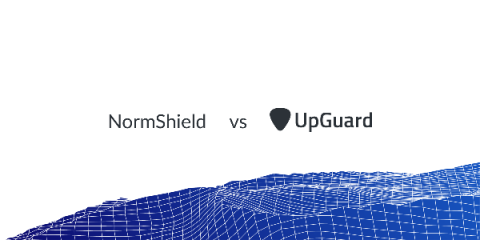Vendor Risk Management Checklist
Vendor risk management (VRM) is a broad category that encompasses all measures that your organization can take to prevent data breaches and ensure business continuity. Legal issues, past performance, and creditworthiness are some of the common VRM issues that all companies review frequently. Additionally, cybersecurity and the reduction of third-party security risks are increasingly important.


